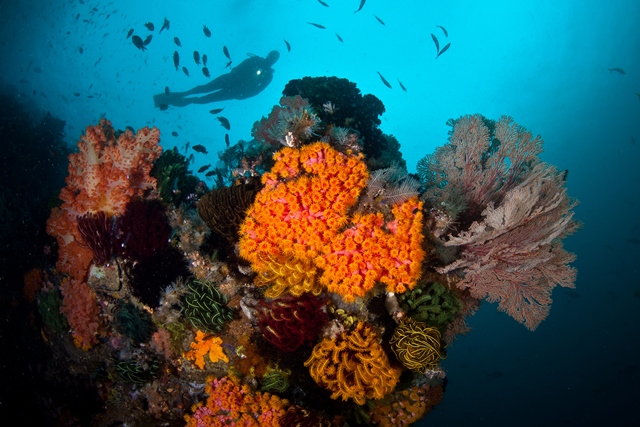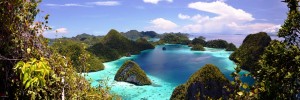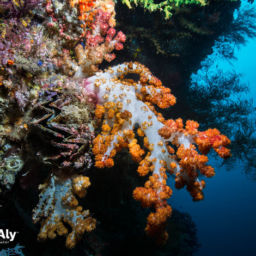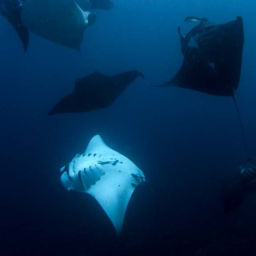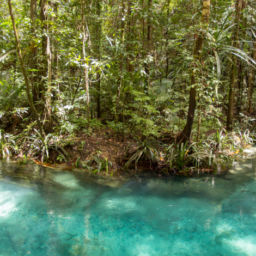It was the renown National Geographic photographer David Doubilet who first bought my attention to Raja Ampat, a secluded corner of Indonesia which boasts a collection of the most bio diverse reefs on the planet. I think he managed to sum it up in around a hundred words and it was a brief encounter into a destination that would draw me back time and time again.
In the months and weeks that led up to the trip I scoured in the internet in search of photos and write ups by people who had made it there before me, there was a growing community of divers, scientists and conservationists posting incredible descriptions of the reef scenery and abundance of marine life to be found, aside from the stunning topside vistas.
I’ve always thought expectation can be a dangerous thing for a diver. How many times have I surfaced from a dive that was supposed to be the finest site in the region only to hear mutterings around the liveaboard that it was ‘not all that’. Yet the one that nobody has heard about gets people raving and excited beyond belief. I’ve always tried to see the dive for what it is rather than allow my expectations to get the better of me, I was hoping this would still be the case with Raja Ampat.
Eighteen months on and our dive boat was motoring up the Dampier Strait to Cape Kri, we back rolled into the water and my first glimpse of a Raja Ampat reef confirmed everything I’d been told. The explosion of life was chaotic and disorderly, hard and soft corals tightly packed against one another and schools of fish jostling in each other’s territory – it was difficult to know which way to turn.
And so it went on, Kri was just another example of a reef which appeared both perfect and jumbled at the same time, the sheer abundance of life encountered on any one dive was staggering. Over the course of two weeks we saw everything from mantas to wobbegong sharks, pygmy seahorses and ghost pipefish but most impressively endless stretches of pristine coral reef.
My first trip was a mere taster into the potential of this vast region, Raja Ampat comprises of over 1500 islands, shoals and islets and is home to over 1,300 species of fish and some 500 species of coral. What’s more this unique region plays a vital role in the transportation of species and nutrients around the coral triangle. Scientists also believe the reefs here show more sign of resilience against adverse environmental influences compared with other tropical regions around the globe.
Yet like many of the last great wildernesses Raja Ampat is under threat, nickel and cobalt miners are increasing their activities throughout the region and up until recently shark numbers were dwindling. Providing you stick with a conscious dive operator your visit could be both rewarding for you and the conservation of the region.
Guest blog by Ben Stokes


